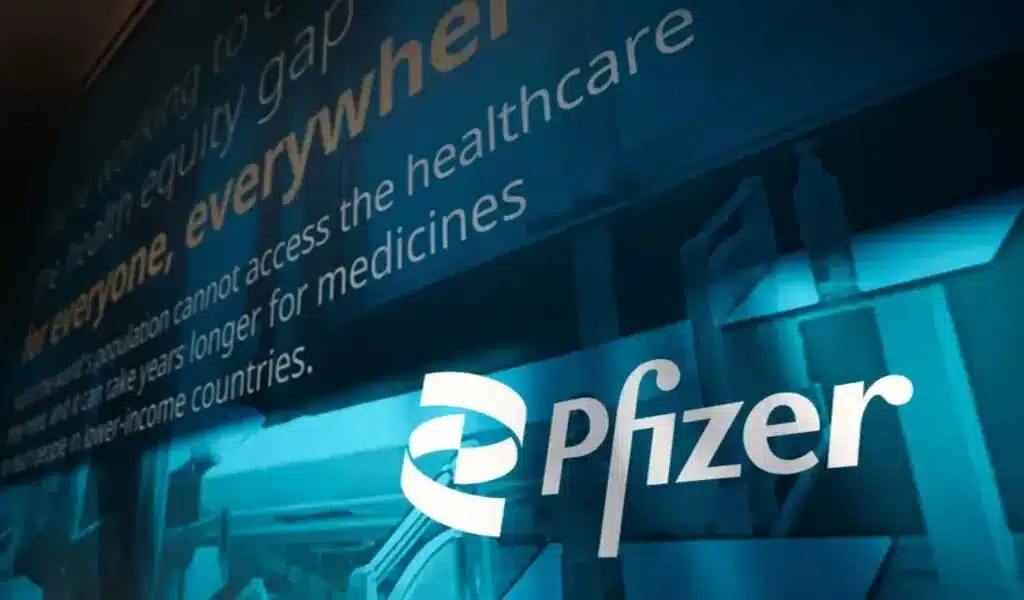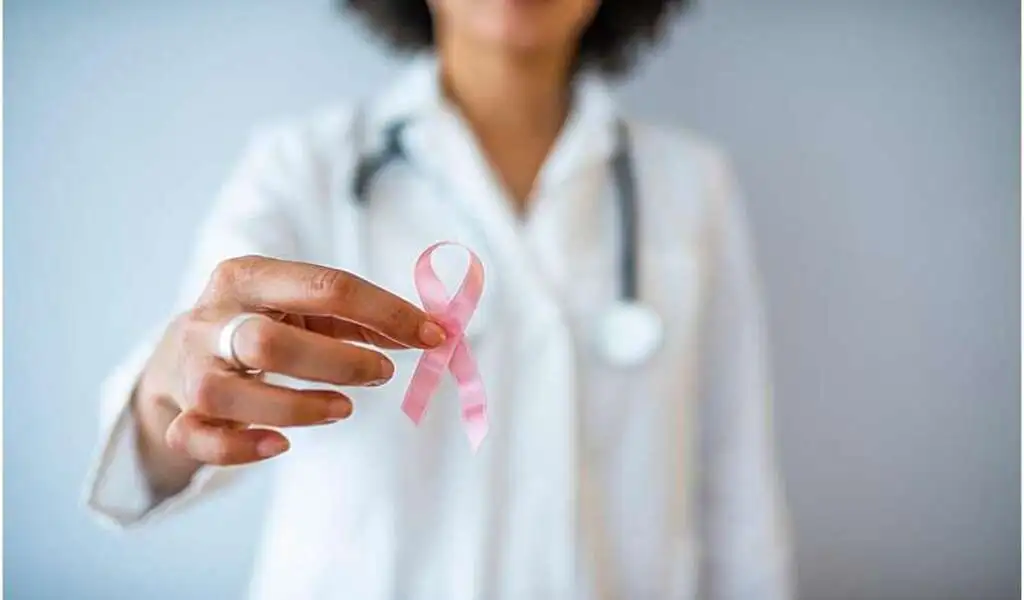Health
Moves Made to Deal With Rae Gaucher Disease in Thailand
Wanitcha Kaewya, centre, and her parents. Wanitchaya is a patient of Gaucher Disease – the rare condition and affect one in 100,000 people.
When Wanitcha Kaewya was about a year old, her mum felt something was wrong – the little girl had an irregularly large abdomen, she cried often and rarely ate or even learned to speak.
When the child appeared to have aching bones and trouble breathing, her parents took her to the doctor, who found that Wanitcha’s spleen was unusually large and removed it.
For nearly 20 years, doctors had been treating Wanitcha for symptoms, because they had no idea what she was suffering from. It was not until Wanitcha turned 20 that a doctor at Maharaj Nakorn Chiang Mai Hospital eventually found that she was suffering from Gaucher Disease.
Gaucher Disease affects one in 100,000 people

Gaucher is a rare condition and affects one in 100,000 people. It is estimated that some 600 people are suffering from this condition in Thailand. But so far, only 30 have been diagnosed and only 20 are being treated under state-provided healthcare benefits.
These figures do not just portray the challenges faced by the public health system in Thailand. But also illustrate the need for research and awareness of the disease among both the medical community and the general public.
An inherited disease, Gaucher is created by the mutation of the gene that is responsible for creating the glucocerebrosidase enzyme that the body needs to break down a particular kind of fat called glucocerebroside.
The early signs of this disease can be very alarming as the body starts getting disfigured due to a deficiency of this enzyme, as the body becomes incapable of eliminating certain fatty substances in the cells, causing an accumulation of the fat, which then disfigures the organs.

The first organs to be enlarged are the liver and spleen, before the patient starts showing signs of blood abnormalities. Affected people can develop anaemia, get easily bruised or start bleeding due to a low level of platelets. Some patients may also develop bone abnormalities, like pain, thinning or fractures. The condition can also cause slow development in certain patients. Gaucher Disease Type 2 and Type 3 present neurological disorders such as a slowdown in intellectual development and seizures.
In 2013, LSD Thailand Foundation notified Wanitcha’s mum that the disease can be treated via enzyme replacement therapy, and that it was included in the National List of Essential Medicines. The mother was finally able to see her daughter get better and happier.
Nevertheless, the family is still concerned about the expenses, because they have to travel almost 100 kilometres every two weeks for the treatment. They wish the government would also provide financial aid to cover all expenses related to the treatment.
Wanitcha is now 30, living a normal life, and is offering to advise anyone else fighting this rare disease.
Dr. Adisak Tantiworawit, at Maharaj Nakorn Chiang Mai Hospital Discusses Gaucher Disease

Assoc Professor Adisak Tantiworawit, MD, a hematologist at Maharaj Nakorn Chiang Mai Hospital, affiliated to the Faculty of Medicine, Chiang Mai University, said; “The most important characteristic of Gaucher disease and other rare diseases is that they are rarely found.
This is why most people, including healthcare personnel are not aware of rare diseases. We rarely experience them and the chance of anyone developing these diseases is very slim. The public also lacks an understanding of rare diseases. Also, there are very few specialists in Thailand, making it hard to properly diagnose and treat them.
Moreover, there are only about 15 haematologists and geneticists in Thailand who are capable of diagnosing and treating Gaucher disease.
“Every October 1 is International Gaucher Day, and I want to raise awareness of the disease as it is rare. Very few physicians understand the symptoms well enough to make an accurate diagnosis. Reports from patients with Gaucher disease spend 10 years seeing different doctors before they finally meet one who can correctly diagnose their disease.
The symptoms of Gaucher disease may appear at any age, though symptoms in adults are not as outstanding as in children. Also, different patients do not necessarily have the same symptoms. Moreover, the symptoms are usually similar to those of; other haematological disorders such as thalassemia; leukaemia and lymphoma; which are so much more common than Gaucher. Therefore, Gaucher disease can be easily misdiagnosed,” Dr Adisak added.
International Gaucher Day October 1st

In Thailand, there are 30 confirmed Gaucher Disease patients, 90 per cent of whom are children. Most of them affected by Gaucher Type 3, which is characterized by brain complications.
The incidence in Thailand is worth studying as it is contrary to the occurrence in other countries where more adults are affected than children. In addition, 90 per cent of patients in other countries have Gaucher Type 1, which does not affect the brain.
Dr Adisak said Maharaj Nakorn Chiang Mai Hospital has established a specific guideline called High-Risk Screening Project. Its screens patients and to provide them with quick diagnosis when they come to see a hematologist.
Gaucher Disease Patients in Thailand, 90 Percent are Children

Under this scheme, when doctors find patients displaying physical signs of Gaucher disease; or whose lab results suggest they have the condition; such as an abnormally enlarged spleen or low levels of either red or white-blood cells; or particularly low levels of platelets, they will be tested for Gaucher Disease.
“Initially, we will draw blood from the fingertip of suspected patients. If test results point to Gaucher disease, the patients will have to undergo a test for genetic mutation to determine if they are actually affected by the disease.
Confirmed patients will then register for treatment to be funded by the National Health Security Office under the Public Health Ministry. The patient will have to undergo enzyme replacement therapy every two weeks for the rest of their life. The other option is bone-marrow transplant, but this method is costly and there are many limitations at present.”
The Public Health Ministry recently introduced guidelines for the care for patients suffering rare disease under the National Health Security System. A task force to develop a caring system for patients with rare diseases will also be established to ensure fair access to treatment.
“Rare diseases are difficult to manage. The number of affected people is small while specialists on those diseases and service centres are also limited. There is an issue of inaccessibility to treatment and medication. Due to these factors, a proposal for the development of a concrete system for rare diseases treatment has been prepared,” Dr Adisak added.
Source: The Nation

Health
Report Causes Pfizer Stock to Climb Approximately $1 Billion Acquired by Starboard

(VOR News) – According to a rumor that activist investor Pfizer Starboard Value has taken a holding in the struggling pharmaceutical business that is expected to be worth around one billion dollars, the stock of Pfizer (PFE) is on the increase in premarket trading on Monday.
This comes after the report was made public. The report was made available to the general public following this. Starboard Value was successful in moving forward with the acquisition of the position.
Starboard is said to have approached Ian Read, a former chief executive officer of Pfizer, and Frank D’Amelio, a former chief financial officer, in order to seek assistance with its goals of boosting the performance of the company, according to the Wall Street Journal. Read and D’Amelio are both former Pfizer executives.
The purpose of this is to facilitate the accomplishment of its objectives, which include enhancing the overall performance of the firm.
In their previous jobs, D’Amelio and Read were chief financial officers.
It is stated in the report that the hedge fund is of the opinion that Pfizer, which is currently being managed by Albert Bourla, who succeeded Read as Chief Executive Officer (CEO) in 2019, does not demonstrate the same level of mergers and acquisitions (M&A) discipline that Read did. Bourla took over for Read in 2019. Read was succeeded by Bourla in the year 2019.
Pfizer, a multinational pharmaceutical conglomerate, has made substantial investments in the acquisition of more companies that are involved in the research and development of cancer medicines.
These businesses have been acquired for billions of dollars. The biotechnology company Seagen, which was acquired by Pfizer in the previous year for a price of $43 billion, is included in this category. One of the businesses that can be classified as belonging to this category is Seagen.
In spite of the fact that the S&P 500 Index experienced a 21% increase in 2024.
No major trading occurred in Pfizer stock that year.
Due to the fact that the demand for Pfizer’s COVID-19 vaccines fell after the firm reached its pandemic peak in 2021, the share price of the corporation has decreased by over fifty percent since that time.
This drop has occurred ever since the company’s shares reached their maximum peak, which was during the time that this decline occurred. Not only have they not changed at all, but they have also remained essentially stable. This is in contrast to the S&P 500, which has gained 21% since the beginning of this year.
Recently, the corporation was forced to take a hit when it decided to recall all of the sickle cell illness medications that it had distributed all over the world.
Fears that the prescription could lead patients to experience severe agony and possibly even death were the impetus for the decision to recall the product. In spite of the fact that Pfizer’s stock is increasing by almost three percent as a result of the news that followed the company’s decision, this is the circumstance that has come about.
SOURCE: IPN
SEE ALSO:
New Study Reveals Drinking Soda Pop Increases the Risk of Stroke
The Mpox Vaccine’s Protection Decreases Within a Year; Booster Requirements
Health
New Study Reveals Drinking Soda Pop Increases the Risk of Stroke

A recent report from global research indicates that excessive consumption of coffee or soda pop is associated with an increased risk of stroke, although the intake of black and green tea is correlated with a reduced risk. Excessive consumption of soda pop or coffee warrants caution!
Recent research indicates that it may substantially elevate the risk of stroke.
Consuming four cups of coffee daily elevates the risk of stroke, according to studies, although ingesting 3-4 cups of black or green tea daily typically offers protection against stroke. Additionally, consume more coffee; it may reduce your risk of mortality.
Recent findings from global research studies co-led by the University of Galway and McMaster University, alongside an international consortium of stroke researchers, indicate that soda, encompassing both sugar-sweetened and artificially sweetened variants such as diet or zero sugar, is associated with a 22 percent heightened risk of stroke. The risk escalated significantly with the consumption of two or more of these beverages daily.
Stroke Risk Fizzy Drinks and Soda Pop
The correlation between fizzy drinks consumption and stroke risk was most pronounced in Europe, the Middle East, Africa, and South America. Women exhibit the most elevated risk of stroke from bleeding (intracranial hemorrhage) associated with fruit juice beverages. Consuming over 7 cups of water daily diminishes the likelihood of stroke due to a clot.
Researchers observed that numerous items advertised as fruit juice are derived from concentrates and have added sugars and preservatives, potentially negating the advantages often associated with fresh fruit and instead elevating stroke risk.
Fruit juice beverages were associated with a 37 percent heightened risk of stroke resulting from bleeding (intracranial hemorrhage). Consuming two of these beverages daily increases the risk thrice.
Consuming over four cups of coffee daily elevates the risk of stroke by 37 percent, although lower consumption levels do not correlate with stroke risk. Conversely, tea consumption was associated with an 18-20 percent reduction in stroke risk. Additionally, consuming 3-4 cups daily of black tea, such as Breakfast and Earl Grey varieties, excluding green and herbal teas, was associated with a 29 percent reduced risk of stroke.
Consuming 3-4 cups of green tea daily was associated with a 27 percent reduction in stroke risk. Notably, the addition of milk may diminish or inhibit the advantageous effects of antioxidants present in tea. The lower risk of stroke associated with tea consumption was negated for individuals who added milk.
Disclaimer: This article is intended solely for informational reasons and should not be considered a replacement for professional medical counsel. Consistently consult your physician regarding any inquiries pertaining to a medical problem.
Related News:
Starbucks Faces Sales Decline Amid Price Fatigue and Rising Competition
Starbucks Faces Sales Decline Amid Price Fatigue and Rising Competition
Health
Following a Diagnosis of Breast Cancer, What Else Should You Know?

(VOR News) – Even though breast cancer affects one in eight American women, receiving a diagnosis can make a woman feel isolated.
Experts in breast cancer from the American College of Physicians (ACS) advise patients on how to manage their disease so that they may better cope with this awful information.
First, the kind and stage of breast cancer dictates the course of your care.
In addition to immunotherapy and chemotherapy, there are various surgical options available for the treatment of breast cancer.
Women of African descent are disproportionately affected by triple-negative breast cancer, an extremely aggressive form of the disease that has never proven easy to treat.
According to the American Cancer Society, pembrolizumab (Keytruda), an immunotherapy, has been shown to be helpful when combined with chemotherapy and is currently the recommended course of treatment for certain combinations of triple-negative breast cancer.
In her presentation, Dr. Katharine Yao said, “It’s really important that the patient and physician discuss the patient’s preferences and values when deciding what type of treatment to pursue and that they have an honest, individualized discussion with their care team.”
She is currently responsible for developing breast cancer treatment recommendations for more than 575 hospitals and institutions nationwide in her role as chair of the American College of Surgeons’ National Accreditation Program for Breast Institutions (NAPBC).
Yao, vice chair of research at Endeavor Health NorthShore Hospitals in New York, pointed out that each decision made about a patient’s treatment plan should take her preferences and diagnosis into consideration.
She ought to think about whether she would prefer a mastectomy—a surgical procedure that involves removing the entire breast with or without reconstruction—or a lumpectomy, which involves a surgical procedure that spares part of the breast tissue.
She stated that “the breast cancer you have may be very different from the breast cancer you hear about in your neighbor, colleague, or friend” in a press release issued by the American Cancer Society (ACS).
“Consider that while discussing breast cancer with others.”
Throughout your journey, it is critical that you look after your emotional health because having breast cancer may have a detrimental impact on your mental health.
“Getting a cancer diagnosis does not mean that everything in your life stops to be normal.” Director of the Fellowship in the Diseases of the Breast program at the Winthrop P. Rockefeller Cancer Institute at the University of Arkansas and state head of the American Cancer Society Commission on Cancer for Arkansas, Dr. Daniela Ochoa She thinks adding the burden of a cancer diagnosis and treatment to all the other pressures in life may be taxing.
“Managing stress and emotional health is vital component of a treatment plan.”
Ochoa recommends clinically trained psychologists and social workers who have assisted people in coping with cancer to anyone receiving treatment. Learning coping techniques might also be facilitated by joining cancer support groups or cancer wellness initiatives.
Breast cancer specialists say your care team is crucial.
The American Cancer Society (ACS) defines comprehensive care as having support at every stage of the procedure from surgeons, oncologists, patient navigators, nurses, social workers, psychologists, and other specialists.
After receiving a breast cancer diagnosis, women should see a surgeon or medical oncologist to explore their options; nevertheless, treatment shouldn’t be discontinued after just one appointment or after surgery is over.
Additionally, you can ask trustworthy friends or family members to accompany you to appointments and aid you with research or notes. They could serve as a network of support for you.
Yao stated in his talk that “one of the most important things is that patients should search out a team they have confidence in, that they trust will have their back when they need it, and a team they feel they can get access to and that will help them when they are in need.”
SOURCE: MP
SEE ALSO:
The Mpox Vaccine’s Protection Decreases Within a Year; Booster Requirements
COVID was a Paradigm Shift in Health Policymaking, Says Commissioner Stella Kyriakides.
Rwanda Reports 8 Deaths Linked To Ebola-Like Marburg Virus Days After It Declared An Outbreak
-

 News3 years ago
News3 years agoLet’s Know About Ultra High Net Worth Individual
-
Entertainment2 years ago
Mabelle Prior: The Voice of Hope, Resilience, and Diversity Inspiring Generations
-

 Health3 years ago
Health3 years agoHow Much Ivermectin Should You Take?
-

 Tech2 years ago
Tech2 years agoTop Forex Brokers of 2023: Reviews and Analysis for Successful Trading
-

 Lifestyles3 years ago
Lifestyles3 years agoAries Soulmate Signs
-

 Movies2 years ago
Movies2 years agoWhat Should I Do If Disney Plus Keeps Logging Me Out of TV?
-

 Health3 years ago
Health3 years agoCan I Buy Ivermectin Without A Prescription in the USA?
-

 Learning2 years ago
Learning2 years agoVirtual Numbers: What Are They For?